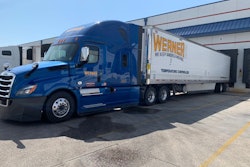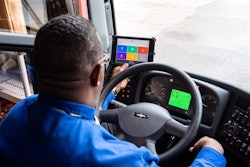Supply chain professionals are carrying their experiences with business-to-consumer (B2C) e-commerce sites, like Amazon, over to their work lives.
“Everybody is expecting shipments to be like Amazon with complete visibility,” said Ryan Rogers, chief transformation officer of Covenant Transport Services, a Chattanooga, Tenn.-based carrier and third-party logistics (3PL) provider.
Many customers of Leonard’s Express, a 450-truck carrier based in Farmington, New York, with dry van, refrigerated and intermodal operations, now require shipment updates every hour and some, every 15 minutes.
“They want data and they want it yesterday,” said Christopher DeMillo, director of systems development. “Whether it’s the Amazon Effect or another form of consumer expectation, it is a standard that we have no choice but live up to.”
Meeting customer expectations is becoming more difficult with traditional business-to-business (B2B) commerce tools like electronic data interchange (EDI). Increasingly, freight transactions are using direct system-to-system integration with application programming interfaces (APIs).
Complying with freight visibility
Over the past few years, freight visibility platforms have been implemented by shippers, 3PLs and carriers to solve a persistent industry challenge.










